
Laci Denise Peterson was an American woman murdered by her husband, Scott Lee Peterson, while eight months pregnant with their first child. On December 24, 2002, Scott reported Laci missing from their home in Modesto, California.

Diane Alexis Whipple was an American lacrosse player and college coach. She was killed in a dog attack in San Francisco on January 26, 2001. The dogs involved were two Presa Canarios. Paul Schneider, the dogs' owner, is a high-ranking member of the Aryan Brotherhood and is serving three life sentences in state prison. The dogs were looked after by Schneider's attorneys, Robert Noel and Marjorie Knoller, a husband and wife who lived in the same apartment building as Whipple. After the fatal attack, the state brought criminal charges against the attorneys. Noel, who was not present during the attack, was convicted of manslaughter. Knoller, who was present, was charged with implied-malice second-degree murder and convicted by the jury. Knoller's murder conviction, an unusual result for an unintended dog attack, was rejected by the trial judge but ultimately upheld. The case clarified the meaning of implied malice murder.

Jane Elizabeth Lathrop Stanford was an American philanthropist and co-founder of Stanford University in 1885, along with her husband, Leland Stanford, in memory of their only child, Leland Stanford Jr., who died of typhoid fever at age 15 in 1884. After her husband's death in 1893, she funded and operated the university almost single-handedly until her unsolved murder by strychnine poisoning in 1905.

Hans Thomas Reiser is an American computer programmer, entrepreneur, and convicted murderer. In April 2008, Reiser was convicted of the first-degree murder of his wife, Nina Reiser, who disappeared in September 2006. He subsequently pleaded guilty to a reduced charge of second-degree murder, as part of a settlement agreement that included disclosing the location of Nina Reiser's body, which he revealed to be in a shallow grave near the couple's home.

Ronald Clark O'Bryan, nicknamed The Candy Man and The Man Who Killed Halloween, was an American man convicted of killing his eight-year-old son Timothy on Halloween 1974 with a potassium cyanide-laced Pixy Stix that was ostensibly collected during a trick or treat outing. O'Bryan poisoned his son in order to claim life insurance money to ease his own financial troubles, as he was $100,000 in debt. O'Bryan also distributed poisoned candy to his daughter and three other children in an attempt to cover up his crime; however, neither his daughter nor the other children ate the poisoned candy. He was convicted of capital murder in June 1975 and sentenced to death. He was executed by lethal injection in March 1984.
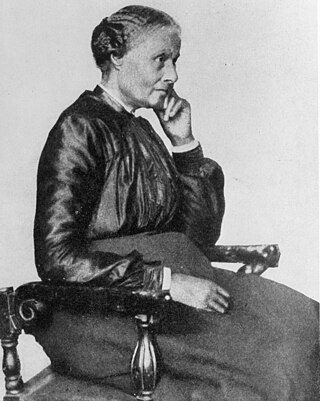
Mary Ellen Pleasant was an American entrepreneur, financier, real estate magnate and abolitionist. She was arguably the first self-made millionaire of African-American heritage, preceding Madam C. J. Walker by decades.

Ottilie "Tillie" Klimek was a Polish American serial killer, active in Chicago. According to accounts, she pretended to have precognitive dreams, accurately predicting the dates of death of her victims, when in reality she was merely scheduling their deaths.
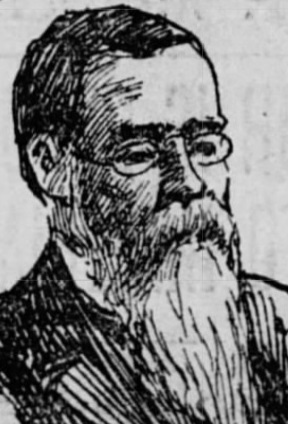
John Brown Penington was an American lawyer and politician, from Dover, in Kent County, Delaware. He was a member of the Democratic Party who served as Attorney General of Delaware and two terms as U. S. Representative from Delaware.
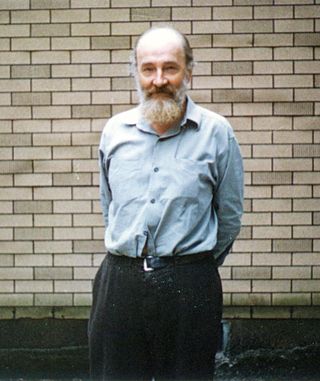
Gleb Yevgenyevich Botkin was the son of Dr. Yevgeny Botkin, the Russian court physician who was murdered at Yekaterinburg by the Bolsheviks with Tsar Nicholas II and his family on 17 July 1918.
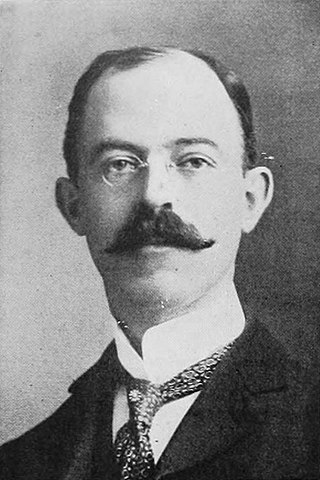
Lewis Francis Byington was an American lawyer, author, and Democratic Part politician who served on the San Francisco Board of Supervisors (1898–1900) and as District Attorney of San Francisco (1900–1905).
Burton Wilbur Abbott was a University of California at Berkeley accounting student living in Alameda, California, who was convicted in November 1955 of the rape and murder of 14-year-old Stephanie Bryan.

Carroll Cook was an attorney and judge for the Superior Court in San Francisco. He was best known for the national attention drawn to some of his rulings in famous cases, several of which were upheld by the United States Supreme Court.
Kristin Margrethe Rossum is an American former toxicologist who was convicted of the murder of her husband Gregory T. de Villers, who died from a lethal dose of fentanyl on November 6, 2000. Rossum is serving a life sentence at the Central California Women's Facility in Chowchilla.
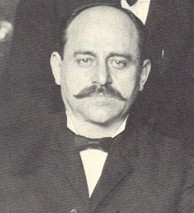
Johann Otto Hoch is the most famous and last-used alias of a German-born murderer and bigamist, John Schmidt. He was found guilty of the murder of one wife but is thought to have killed more, perhaps up to 50 victims. He was hanged.

M. Gerald Schwartzbach is an American criminal defense attorney.
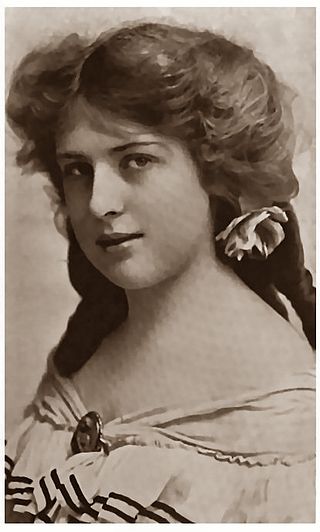
Edna McClure was an American actress whose brief career on Broadway was overshadowed by a sensational murder case and later a tragic family dispute.

Elizabeth Ann Duncan (born Hazel Lucille Sinclaira Nigh was an American murderer. She was convicted of orchestrating the murder of her daughter-in-law in 1958. She was the last woman to be executed in California before the United States Supreme Court suspended the death penalty under Furman v. Georgia.

Angelina Rodriguez is an American woman from Montebello, California who was sentenced to death for the September 2000 murder of Jose Francisco "Frank" Rodriguez, her fourth husband. She also was accused of killing her infant daughter in 1993 by suffocating her with a pacifier. Rodriguez is incarcerated at the Central California Women's Facility in Chowchilla, California, where she is on death row awaiting execution.
Hans Peter Nielsen was a Danish-born American machinist, mechanic, engineer, fireman, and inventor who lived most of his life in Alameda, California. In 1910 Nielsen built the Merle 1910 Biplane, the first biplane in Alameda, commissioned by Adrian J Merle. An early adopter of automobile technology, he also believed in the potential represented by aviation.
Mr. Nielsen announces that there is no question to be raised against his prognostication that in a few years aeroplane parties will be common. He states that by the time of the Pacific-Panama exposition in San Francisco, many of the now motor enthusiasts will fly to San Francisco in their ships of the air. He believes that the exposition authorities will provide landing places for their aerial guests.
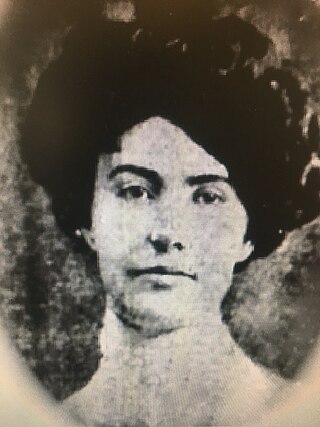
Emma LeDoux was the first woman sentenced to death in the State of California. She had been convicted of murdering Albert McVicar, her third husband, whom she had poisoned and stuffed into a steamer trunk. She had the trunk delivered to a Stockton railway station on March 24, 1906.

















